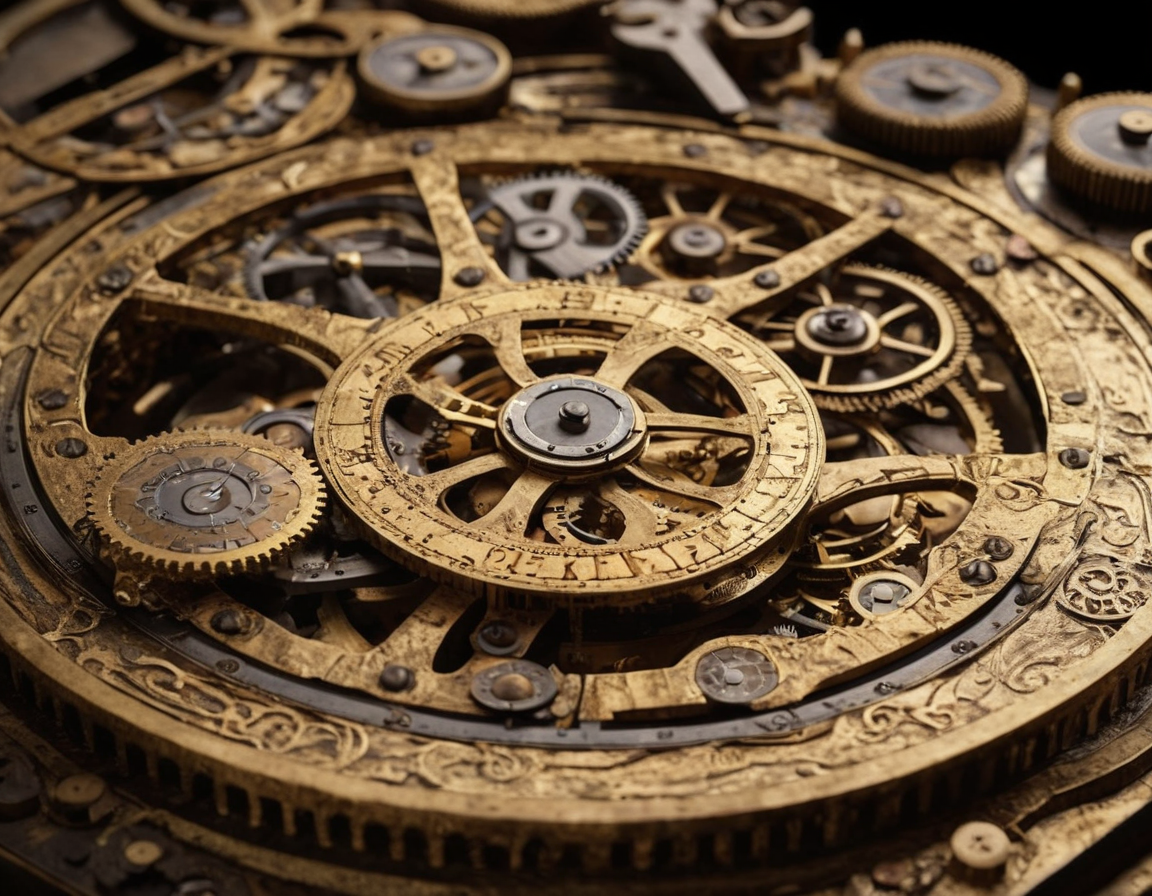Unveiling the Mysteries of the Antikythera Mechanism: Humanity’s First Computer
Discovering the Antikythera Mechanism: An Ancient Marvel
Unearthed from the depths of the Aegean Sea, the Antikythera Mechanism, an ancient Greek artifact, has baffled archaeologists and astounded historians alike since its discovery over a century ago. In this blog post, we delve into the mysteries of what is often considered the world’s first analog computer, designed over 2000 years ago. Join us as we uncover the secrets behind its gears and dials, and explore the genius of our ancient forebears.

Discovery and Significance
In 1901, an incredible find was made by sponge divers off the coast of Antikythera, a small Greek island. Amidst a Roman shipwreck, they discovered a corroded bronze object that would later be known as the Antikythera Mechanism. Its discovery has been compared in cultural importance to the Rosetta Stone in understanding ancient civilizations. It is a testament to the remarkable scientific achievements of the ancient Greeks.
An Intricate Puzzle – Understanding the Device
The complexity of the Antikythera Mechanism is nothing short of awe-inspiring. It comprises over 30 bronze gears and is inscribed with Greek text that has provided valuable insight into its use. Originally, it was housed in a wooden box roughly the size of a large book, with dials on the exterior to manipulate the gears inside.
Its primary function was to track the cycles of the solar system, predict eclipses, and even signal the timing of the Olympiad, the famous Greek games.

The Technology of the Heavens
What truly sets the Antikythera Mechanism apart is its precision and sophistication. It is believed that by setting a date on one of the dials, the user could see the position of the sun, moon, and planets on that day, as well as predict future celestial events. This level of technology would not be seen again for well over a millennium, making it an object far ahead of its time.
Recent Discoveries and Ongoing Research
Technological advances have facilitated new research into the Antikythera Mechanism. X-ray tomography and 3D modeling have allowed scientists to peer inside the corroded remains and better understand how the device’s gears worked together. As a result, there have been new discoveries regarding additional functions of the device, including its ability to track the Metonic Cycle and predict the color of a forthcoming eclipse.
Legacy and Influence
The Antikythera Mechanism stands as a monumental achievement in human history. Its discovery has provided a unique window into the scientific prowess of the ancient Greeks and has influenced the fields of archaeology, history, and astronomy. Additionally, it reminds us that the quest for knowledge and the use of technology to understand our world is a story as old as civilization itself.
As researchers continue to unearth the secrets of this ancient computer, we can only marvel at the unknown stories still hidden within our past, waiting to be revealed. The Antikythera Mechanism remains a historical beacon, challenging our understanding of early technology and propelling us to further our exploration into the history of human innovation.

Conclusion
The Antikythera Mechanism is just one example of the extraordinary capabilities of ancient civilizations and their drive to comprehend the cosmos. Its sophistication continues to captivate and inspire, serving as a powerful reminder of the timeless human pursuit of knowledge.
Embark on your own journey of exploration with our collection of related artifacts and books, available now. Delve deeper into the wonders of ancient ingenuity!






